Each person brings uniqueness to the role; each situation invites different ways of being. Building capacity for facilitation is a practice. The art is knowing what is optimal for the context and having the flexibility to improvise across the spectrum in the moment!
1. A Learner's Mindset
Facilitation is a skill. Skills are best practiced over time with a learning approach. I like to identify the one or two skills that I want to focus on in an event that I am facilitating. Knowing what I want to practice heightens my attention, then I practice it and solicit feedback on that specific task as well as generally so that I develop deeper awareness of both strengths and weaknesses. Culturally, some people focus too much on strengths and others too much on weaknesses.
True self awareness sees both as they are. Hone your strengths and grow your skills around your weaknesses. Even as you become more experienced, seek feedback as if you were beginner. Meng's book on Google's program for emotional intelligence development, Search Inside Yourself, provides useful tools to cultivate these skills.
2. The Prep/Setup
Attending to the physical space is one of those invisible acts that yields great benefits. Here are prompts:
- how will the physical space support the intended flow of the event?
- what will people be looking at (your back/peoples' backs or everyone's faces)
- how does the space support or inhibit engagement/participation?
- how will people feel in the space?
- what is the shape of the table (e.g. in mediation, we prefer round whenever possible to get over the "idea" of sides), how are the chairs arranged (e.g. if no round table, we seat "opposing parties" on the same side of the table to physically remove an adversarial stance).
Preparing the flow of an event is crucial. When I create an experience for people, I consider:
- how will people engage with convener, facilitator and each other?
- what will be everyone's first shared experience?
- how does the agenda fit with and/or respond to the people in the room?
- what support will people need to fully engage (trust building, food, bio breaks, reflection time, social interaction to enhance/solidify content, scaffolded experience)?
- how flexible is the schedule to accommodate the unpredictable?
- how can we design the flow to yield the desired participant experience?
- what design of processes/methods will yield the desired outcomes for the event?
Designing what methods/processes to apply is an art and craft that benefits from experimentation, success, failure, spontaneous adaptation, curiosity and flexibility.
For discussion on these topics, I suggest browsing the Changemaker Bootcamp Watercooler: "space physics", "group physics" and "designing engagement."
3. The Start
Creating a container that begins with a clear start and a conscious close is powerful. The start creates our first shared experience, it sets the tone and supports shared understanding about our goals (Outcomes), what we'll do to get there (Agenda) and how we would like to engage with each other (what people often refer to as group agreements/ground rules, though I call party favors, see below.)
I like to ask people as they introduce themselves to answer the question: "what do you hope to get out of today?" and record responses on a flip chart. This participant generated list sets shared expectations from the outset, serves as a guide for me. and provides a reference to check at the close.
| The Ariel Group proposes a 4 question check in that asks: How are you feeling? What percentage are you present? What is keeping you from being 100% present? What do you hope to get out of ____? and closing with a round of "Aha Moments". |
|
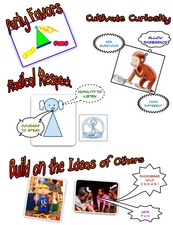
4. The Container
I follow these key points from Angeles Arrien to create a container whether it is a design/product workshop for creative problem solving or a mediation to resolve a conflict.
A) What will people need to maintain sufficiency?
What do people need to be fully present and engaged? Attending to this means orienting people to the space (logistically, e.g. bathrooms, fire exits, etc), to the day (e.g. bio breaks, etc) and to the content (e.g. schedule, etc). It necessitates understanding what "safety" people need to participate fully; often called group agreements (or ground rules), I prefer to call these "Party Favors." I share my basic list then invite people to add any others that they need to participate fully in the experience.
My basic list includes:
- cultivate curiosity (ask questions, allow emergence, think different)
- radical respect (courage to speak, humility to listen)
- build on the ideas of others (encourage WILD ideas, have fun)
B) What can be used to facilitate shared understanding?
When I address shared understanding, I think about it both as something verbal and something visual. Having someone who can be a "scribe" to record notes, or better yet, a visual notetaker, who can make beautiful picture-filled notes, helps participants know that they have been heard.
The main areas that I attend to for shared understanding that include a visual component:
- Why we are here: Goals/Outcomes
- Where we are going: Agenda
- Perspectives: document what people say, ideas shared, draw pictures to create shared meaning
- Artifacts: If one does a good job of taking notes during an event, then these become artifacts for future conversations.
C) Host Different Points of View
We are increasingly in environments of preference-philia- a homogeneity that diminishes our capacity to host different points of view. Here are a couple of tips/tools for supporting the expression of diverse views.
- Conversational Justice: when developing an exercise, time structured segments that require each person to participate and that afford each person the same amount of time to participate can provide conversational justice. This forces participation by quieter people and limits the time of people who might tend to dominate a discussion.
- Participatory Engagement: engaging people who might be reluctant to speak in a larger group can be done by breaking into smaller groups that enable more participation. Alternatively, an activity in silence ensures that everyone participates or providing everyone with sticky notes and asking questions of a large group but each person has to answer on a sticky note.
- Lateral Decision Making: adopting approaches to differing views that allow everyone to look in the same direction at the same time can be powerful. Edward De Bono's Six Thinking Hats introduces this model that works effectively and efficiently for inclusive, participatory discussions. See under "Read More" for a version of this method that I adapted and applied for clinical decisions.
- Scaffold the Experience: easing people into sharing their views through a staged process can help people to feel comfortable when an issue may be threatening. One effective model that I have used starts with:
- me (silent/my perspective)
- me with you (silent/I look at what you wrote)
- me (silent/reflect on my perspective informed by seeing yours)
- you with me (silent/I look at what your wrote and ask/build on it)
- us (engage in dialogue openly)
D) Hold the Creative Tension
In addition to hosting different views, one needs to be able to sit with the views in opposition- to lean into the uncertain space. In a world that rushes to solutions, the facilitator's role is to allow a solution to elude long enough for great ideas to emerge. This may mean: Sit in the Messiness. Change the Frame. Go for a Walk in Nature. Visit a Toy Store. Think Different. Most of all, cultivate the capacity for uncertainty.
At the 2008 World Forum on Facing Violence: Justice, Ethics & Conflict Resolution, Mark Gerzon promised to "Keep it warm, but not too hot;" his book, Leading through Conflict is a favorite resource on building this capacity to hold the creative tension.
Another favorite is John O'Neil's Leadership Aikido. Building this capacity takes practice. Each person's journey is unique. I shared insights from my learnings building this capacity for mediation in Passive Participation in Conflict and a chapter on clinical ethics mediation.
5. The Close
Whether it is a check out, sharing "aha moments" or "jazz hands" moments, or making commitments to action, the act of consciously closing the container strengthens the power of the space created.
6. The Learning Loop
For the facilitator, the end comes after the learning loop. At the beginning, we set out our learning goals. At the end, we need to get feedback on our practice.
I prefer to do a learning loop by:
- learner shares what went well
- learner shares what could be done differently next time
- peers: external people can share their perspectives, ideally in a feedback sandwich:
positive - growth opportunity - positive. Feedback needs to include concrete examples fand specific explanations of why it was positive and/or a growth opportunity. - participant group (probably via email): provide feedback
- learner integrates self-assessment and feedback into a refined understanding of his/her abilities
- learner identifies new skills for revised learning goals at next experience
Facilitation requires practice of skills as well as the process. By evaluating participants' feedback and achieved outcomes, a facilitator can assess whether the methods selected were appropriate for the participant's experience and if the process yielded the desired outcomes. (double learning loop)
On a learning loop note, I would love to hear from you about whether this post is helpful. Comments, questions and additional resources welcome!
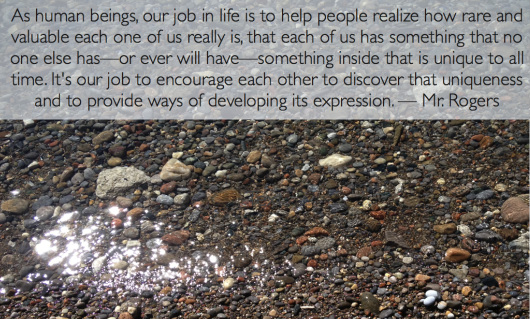



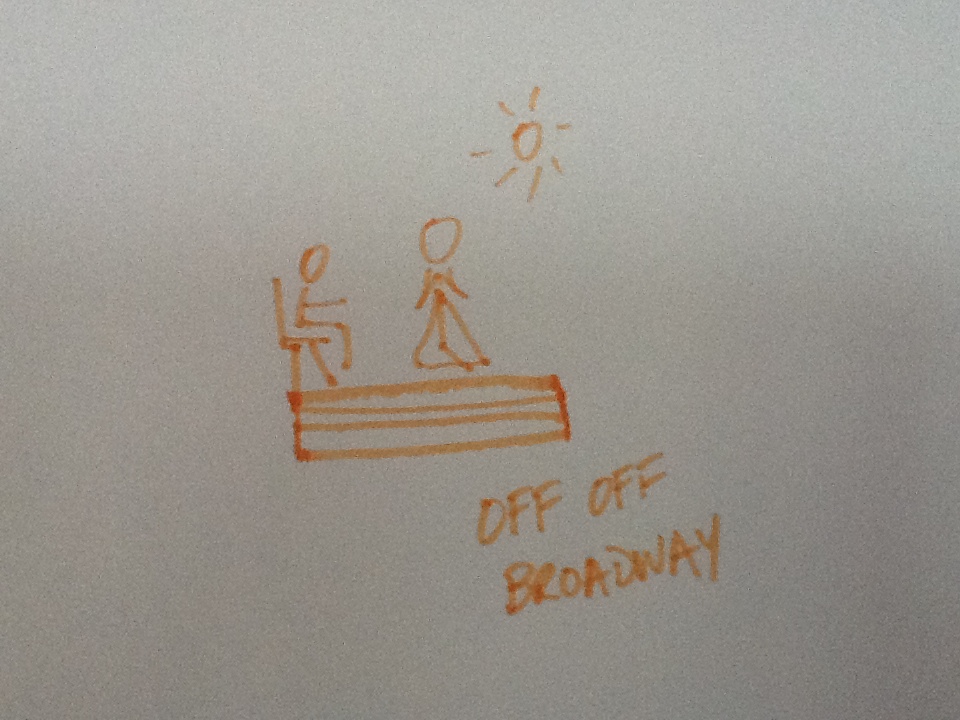
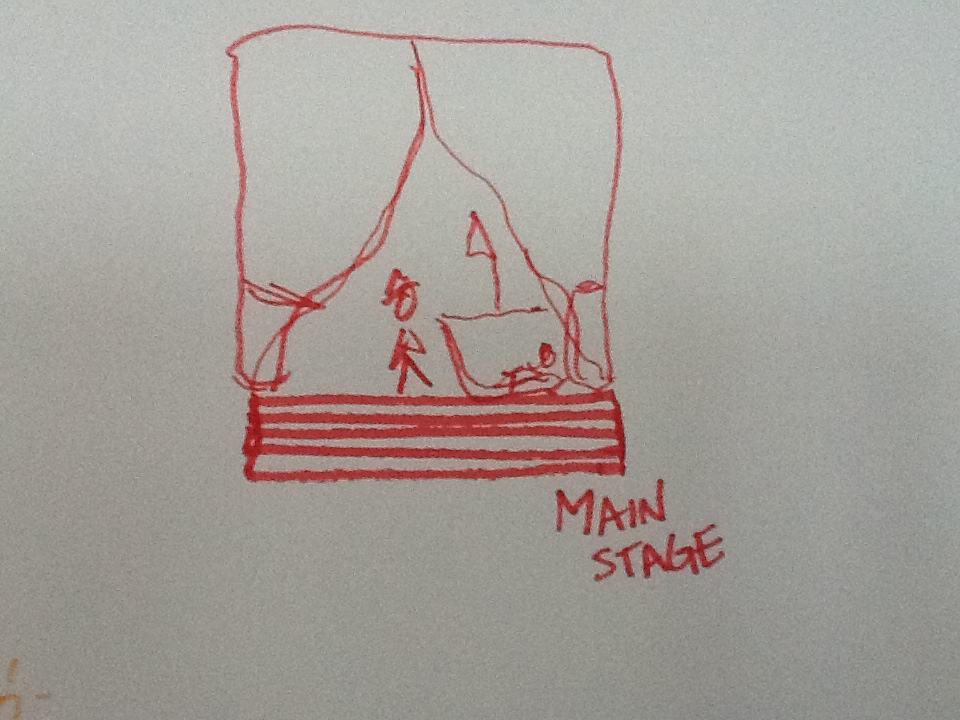
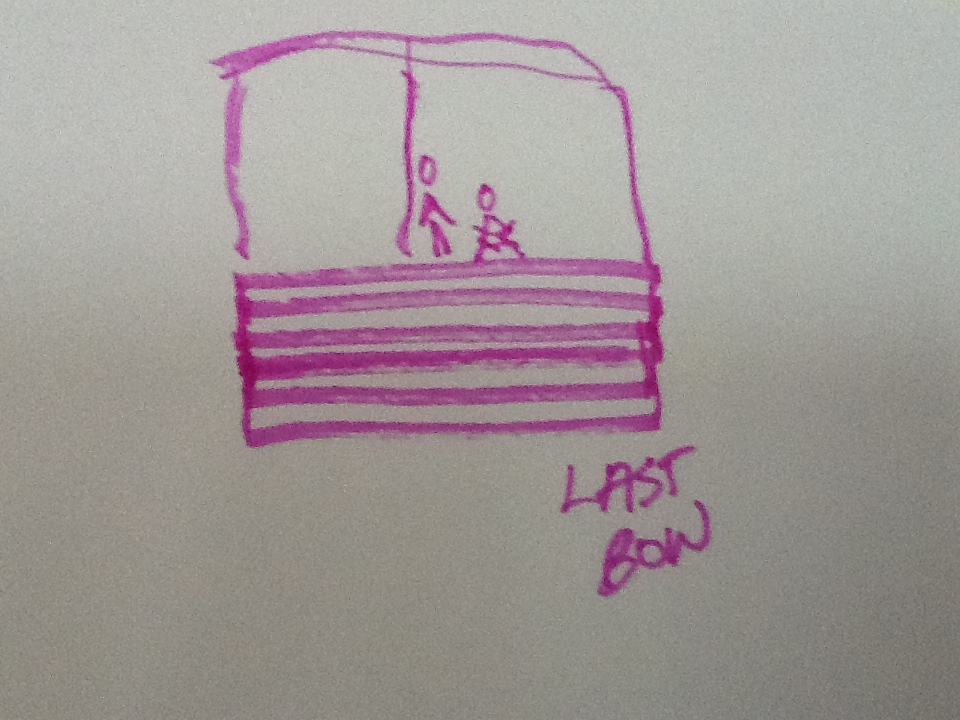
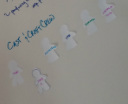
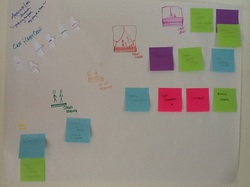
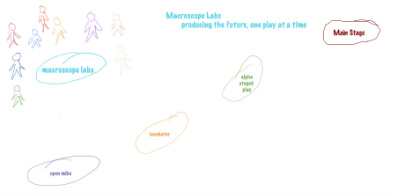




 RSS Feed
RSS Feed